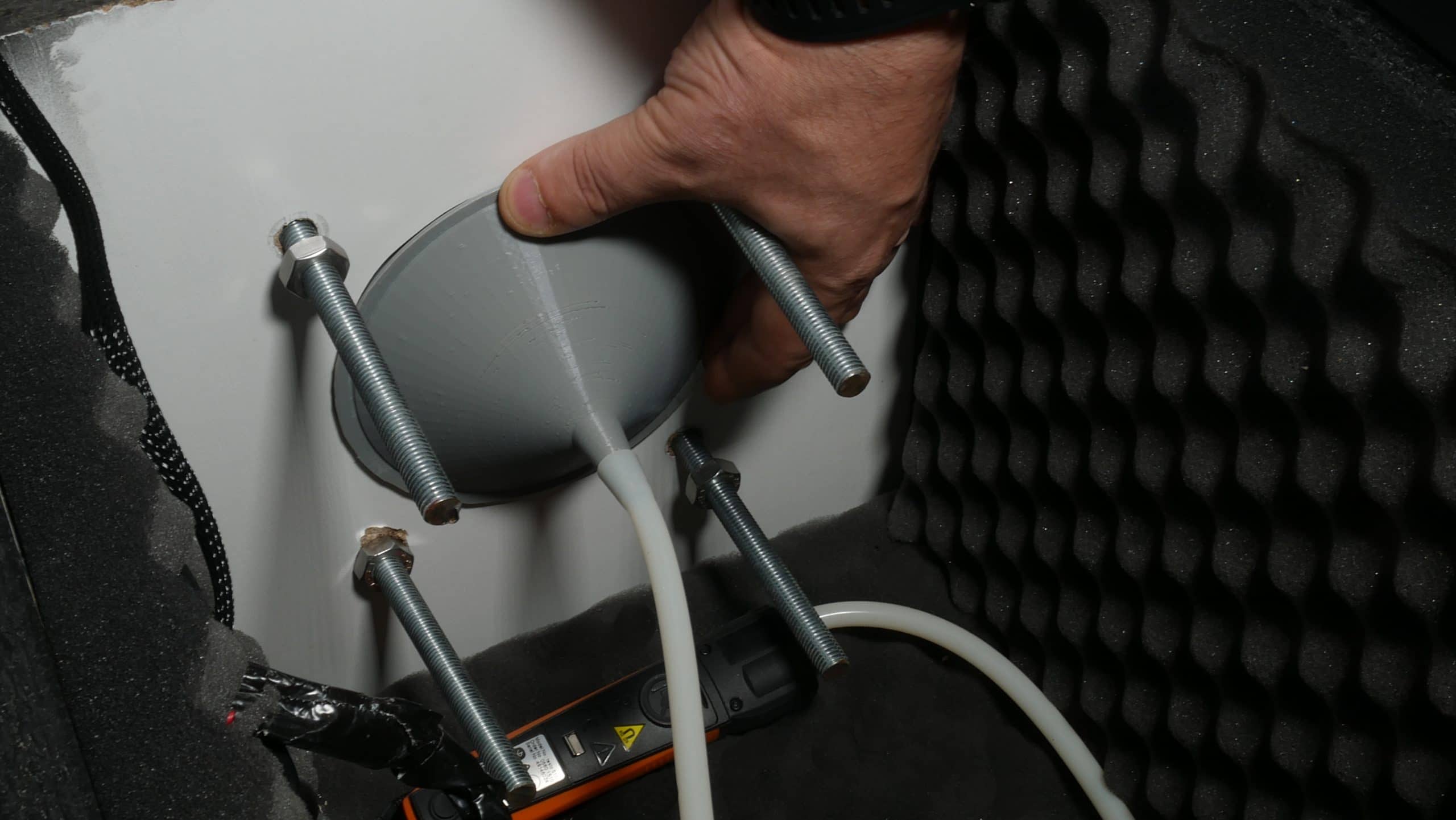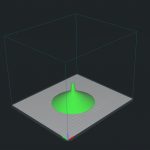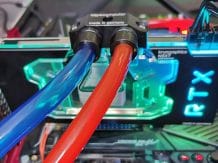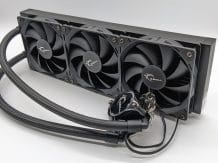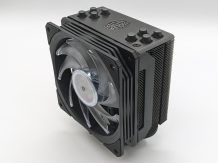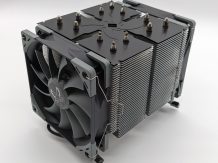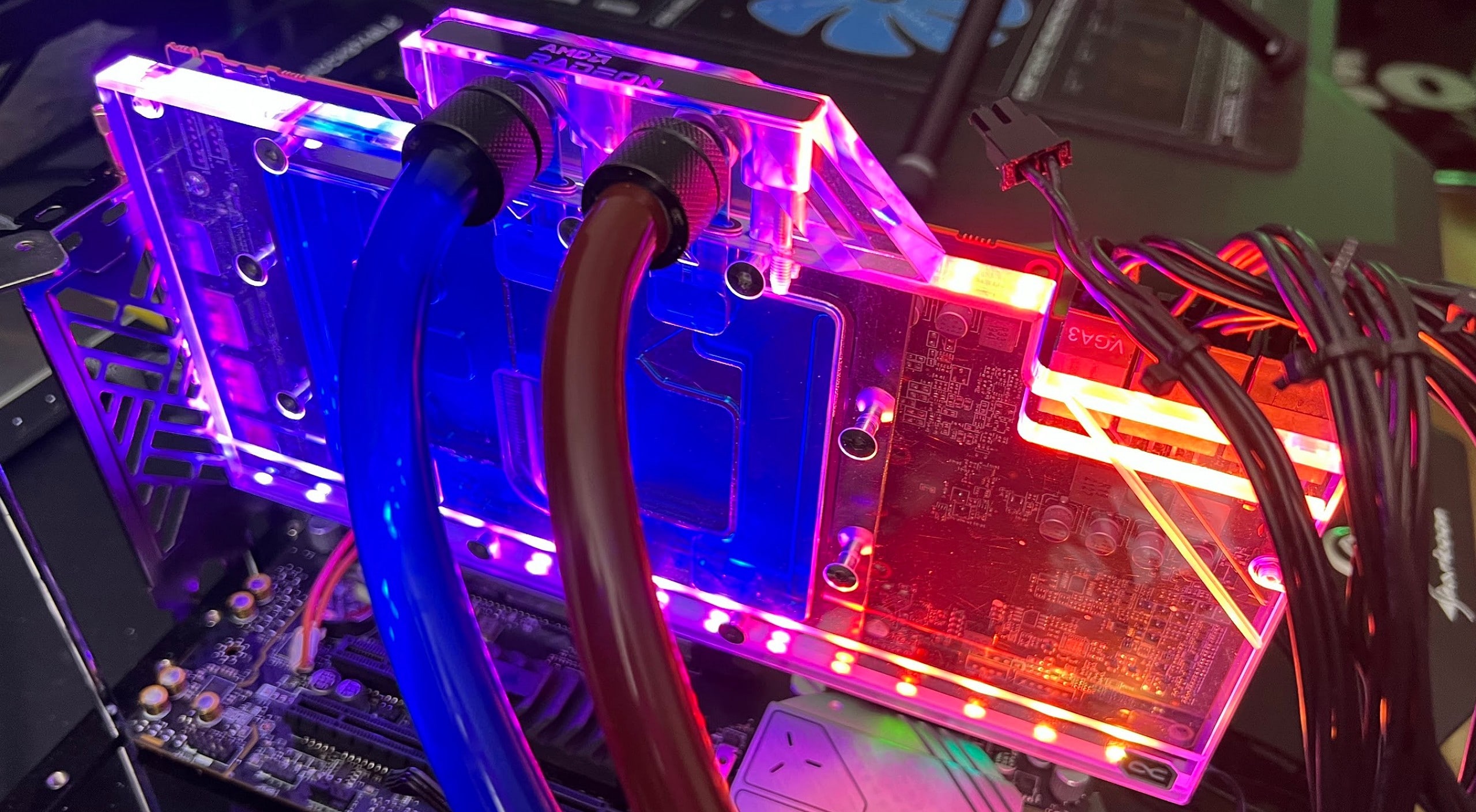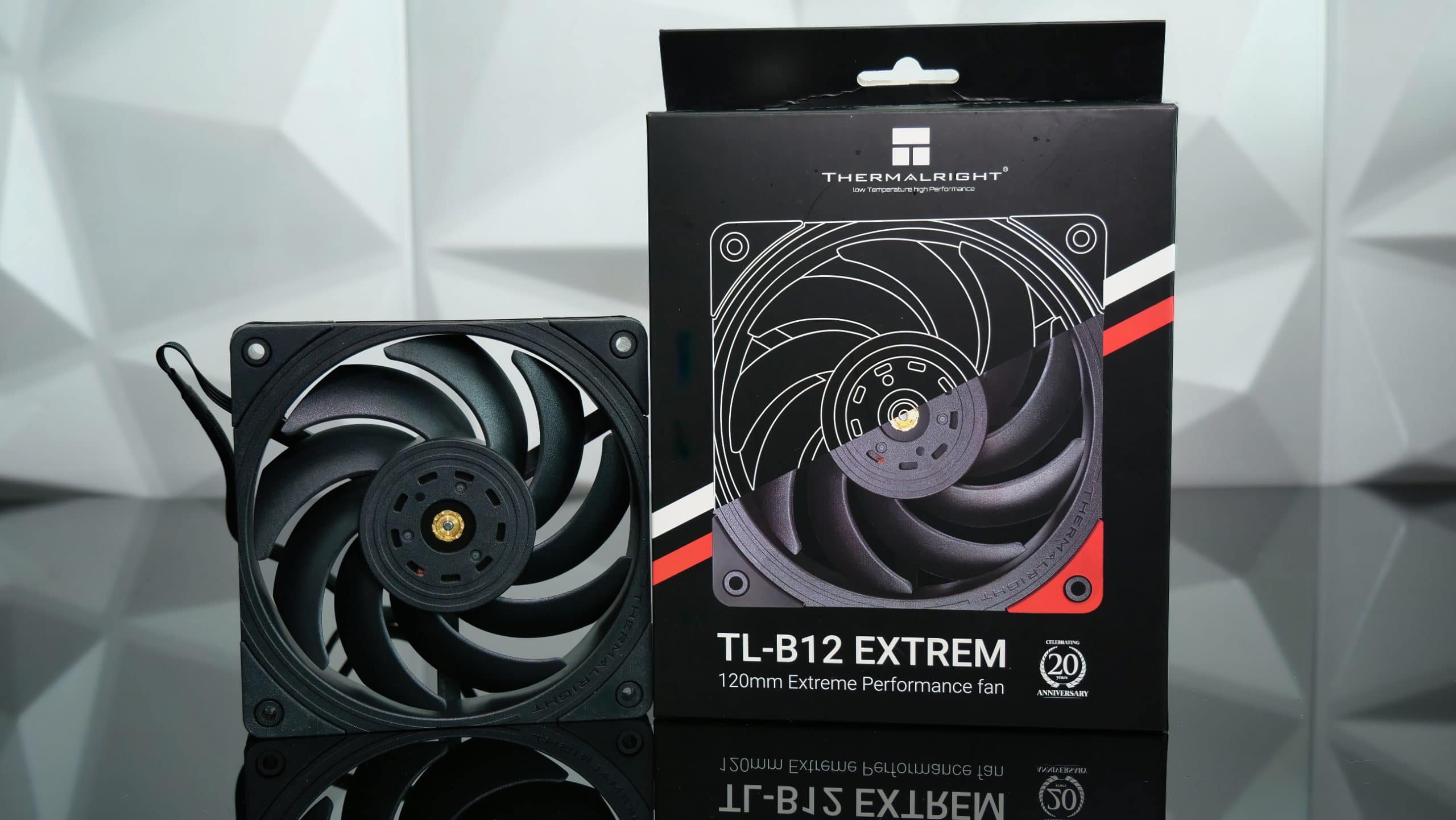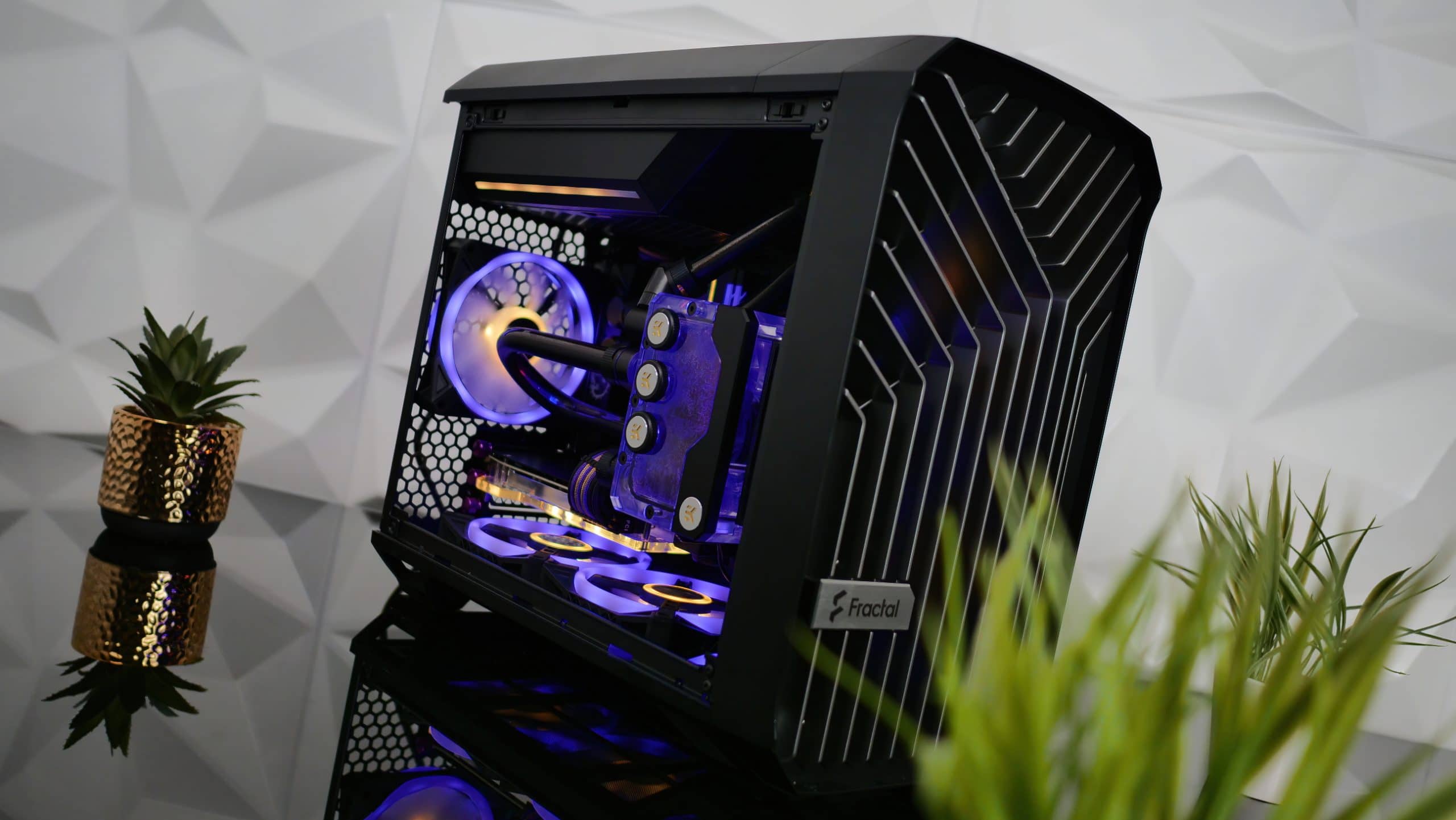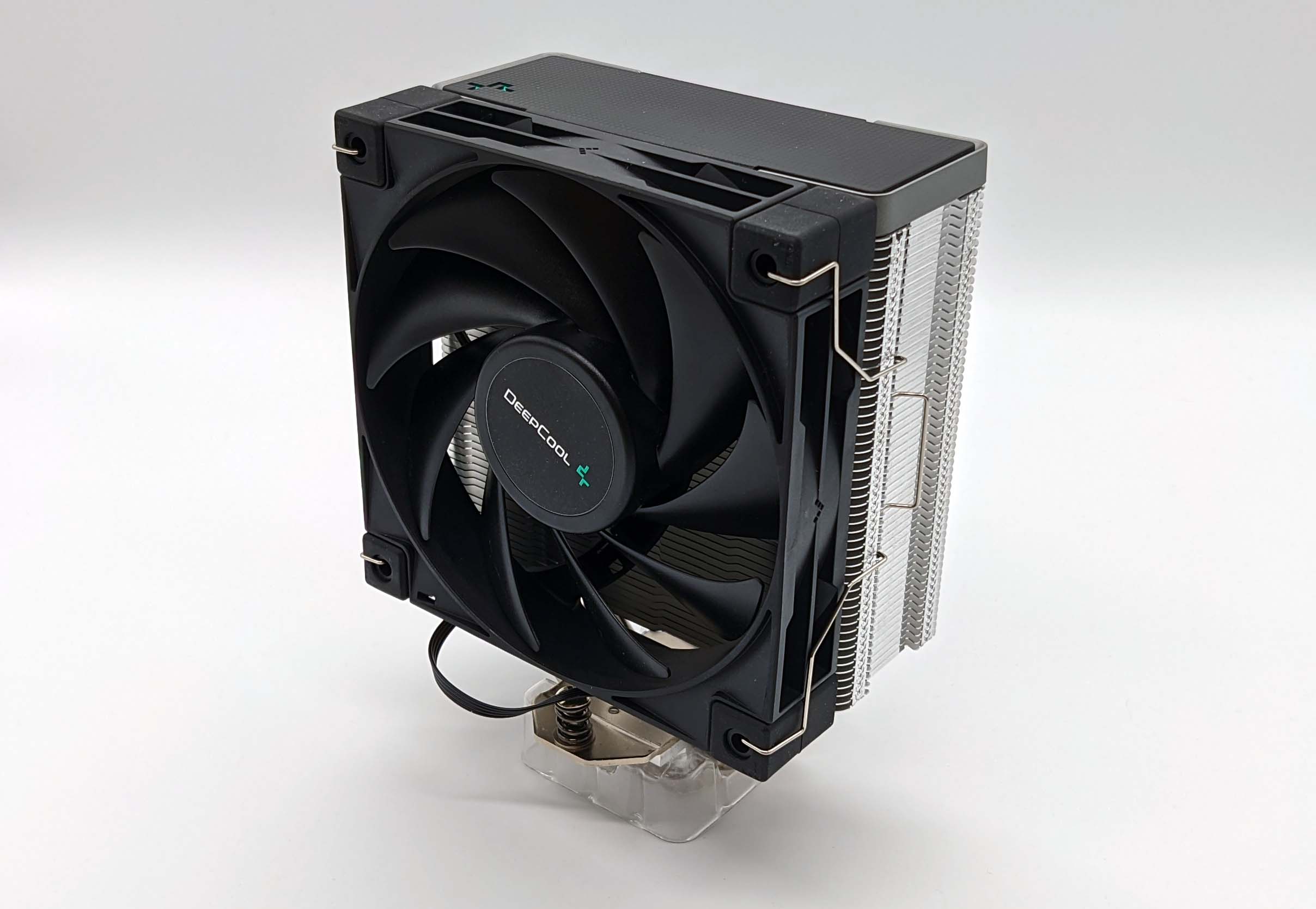Fan measurement 2.0 – Improved pressure measurement and new evaluation
We have recorded the feedback from the readers, evaluated it and, together with an aerodynamicist, improved it again. Then everything was recalibrated again and the evaluation was expanded to include new graphics, which now finally cover the entire speed range. But more on that in a moment. Of course we noticed that our new measurements were picked up and copied by some of our competitors, but courtesy forbids us to list names and any errors that have been recognized here. Instead, you should always strive to simply do it better yourself and accept the challenge, because the imitators also show that we were the first to discover a real gap in demand!
We only changed the measurement of the airflow and the sound pressure level in the chamber in small details, because they are still accurate enough to be able to withstand professional counter-tests. With static pressure, on the other hand, we were able to increase the accuracy again, especially with lower pressures. Thanks to the newly designed and self-printed funnels with special seals, you can now work even better.
Improved measurement setup
Since my former employer is one of those who are now trying to copy us, the angles in the 3D graphics and also in the following two photos are of course not entirely correct, because without knowing the exact dimensions of the funnel, a replica is downright pointless and it only works very precisely within a very small tolerance range. For this, too, we did another series of comparative measurements. In practice it looks like the following two pictures.

Installation is problem-free and the pressure receptacle now closes perfectly thanks to a special seal. The rest is just a question of calibration, which we also did again. It is unlikely to be much more precise with semi-professional methods. However, errors are quickly possible, especially when printing, which, above all, cannot be recognized immediately. Even if the deviations are small, we will still measure all previous fans again and prepare them for the database.
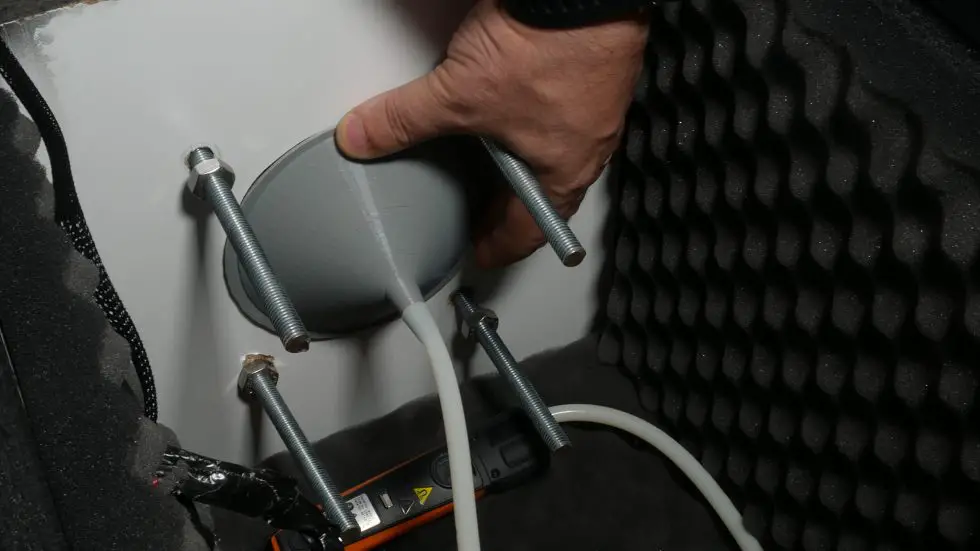

New metrics and graphics
Apart from the fact that we are now also recording the minimum and maximum values for the flowing currents and the power consumption, we have fulfilled two further wishes of the readers and expanded the measurement series in this regard. In order to be able to really objectively assess the fans, we first graded the resulting volume flow and measured the sound pressure level in many individual steps. The result for a fan then looks like this compared to the reference fan:

We can see that the increase in the sound pressure level of our test fan is not as balanced compared to the reference, but the level is still lower with a comparable volume flow. In addition, the fan tested and compared here delivers a significantly larger volume flow due to a 50% higher maximum speed, which in the end is bought with a similar sound pressure level as the reference fan, but whose performance is significantly lower.
And because we were writing about the speeds, there are also new comparative graphics for this, at the express request of the reader, in which we show which speeds are necessary to achieve a certain volume flow. In practice, we can now also see where the dent in the upper graphic in terms of volume comes from, because there is a speed range (rather a smaller window) where the fan does not perform as perfectly and rotates higher than it does to achieve the desired CFM a rather steady rise in the curve would have been expected.

In tomorrow’s fan test we will incorporate all these changes into an article for the first time and thanks again to the community for all the suggestions, the specialist advisor for his competent help and our Pascal, who is ultimately responsible for the work remain. But we like to do all of this for our readers. 🙂





